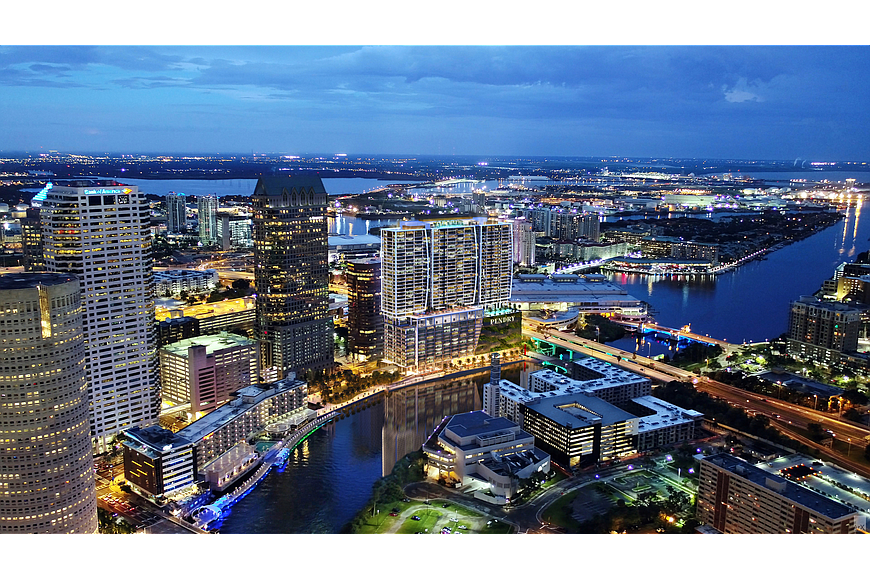- December 13, 2025
-
-
Loading

Loading

When COVID-19 first appeared, and for many months after that, there was a fear among those in hospitality that global tourism would be crushed and it would take years to recover. Airlines would shut down. Airports would empty. Amusement parks would shutter. Rental cars would gather dust.
And that hotels would bear an unfair brunt of the pandemic.